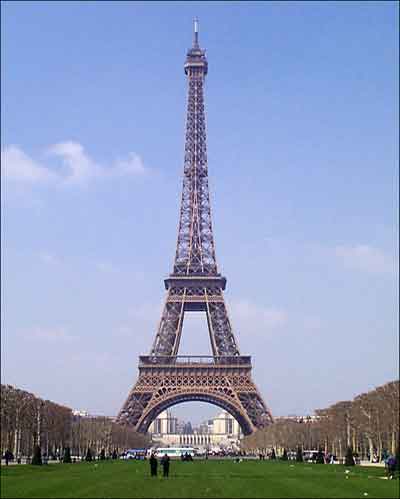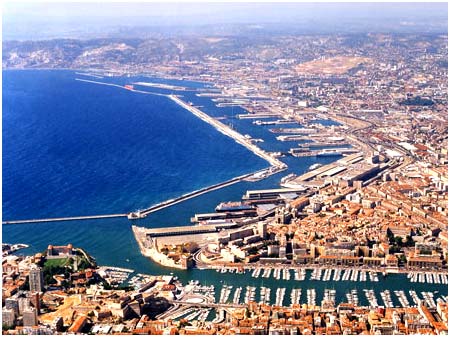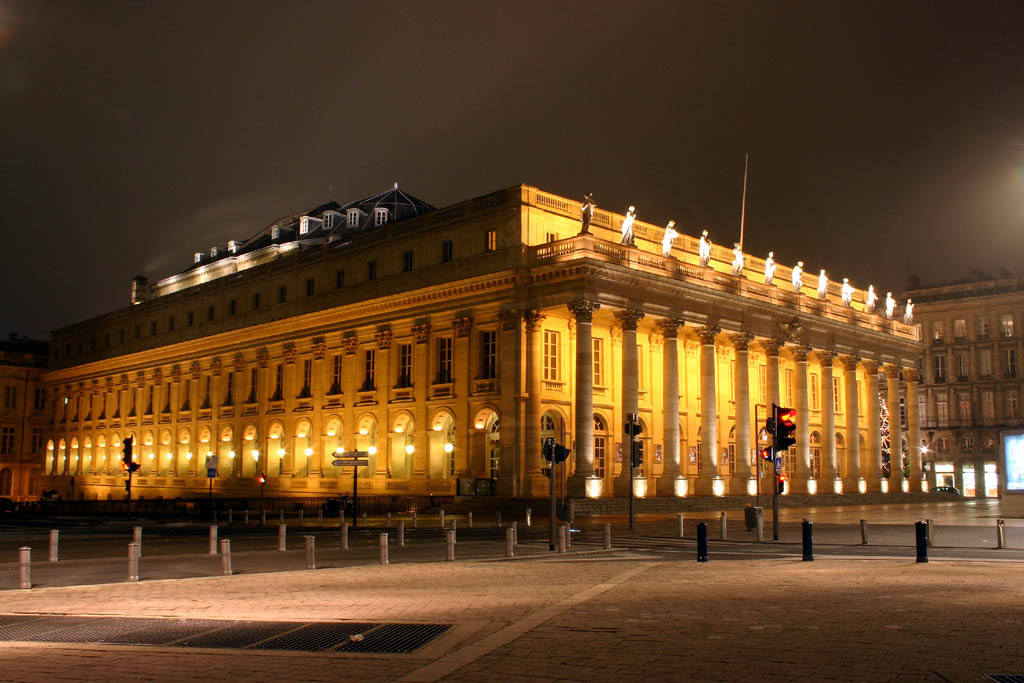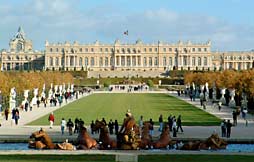
City of history and city of theater, the fortified city of Avignon will not leave you in different. Avignon's architecture is marked by papal history.
Going through any of the seven doors of the superbly preserved
walls one discovers the city of the Popes.
The Palace of the Popes built in the 14th century overlooks a lively square.
Nearby are the museums the Petit Palais and Palais du Roure, not too far away
stands the famous Pont d'Avignon.
Avignon - Pont Saint BenezetTake your time wandering about the streets of Avignon, The ancient streets, the courtyards of the private
mansions, the renovated facades will all charm you! One of the most elegant streets is the rue Joseph Vernet, adjacent to the Calvet museum and the Requien Museum.
Don't miss the Antiquaire quarter, the Place de l'Horloge or the Chemin de Ronde which will take you to the Rocher des Doms.
From the top of the ramparts you can understand why the site was chosen for a fort:
Avignon stands high above the immense
plains of the Rhône River and is the strategic point of the whole valley.
Avignon Place et RempartsThe theater festival has made Avignon important in modern times. Started in 1947 by Jean Vilar, every year between the 10th of July and the 5th of August nearly 120,000 spectators come to discover new talent or admire those actors already known
These shows (dance, theater or music) are enhanced
by the background of powerful history and often appear renewed
or refreshed in this environment.
The Off Festival is a series ot street shows set up by would be actors and is considered to be an excellent work lab for these aspiring young people.
Late at night when the shows are over the terraces fill up with actors and spectators alike all creating a unique atmosphere
found only in Avignon in the summer.















